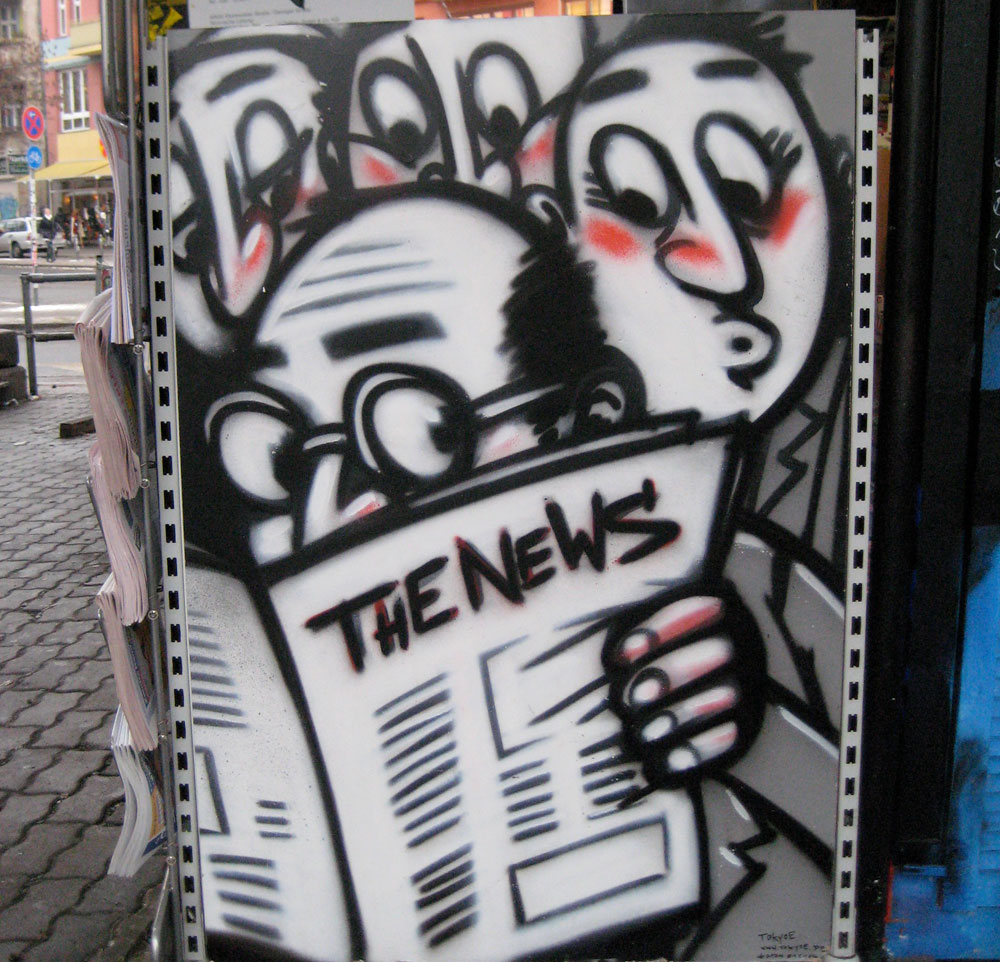September 6, 2011; Source: Fast Company | Twenty-seven-year-old Howard Warren Buffett, grandson of legendary investor Warren Buffett, recently stepped into the position of executive director of his father’s Howard G. Buffett Foundation (HGBF), and he is bringing some new business thinking and White House policy experience to the role. Following his grandfather’s proven business approach of investing in companies with successful track records, Howard intends to direct his family foundation’s resources to proven strategies in the nonprofit world. A recent interview with Fast Company reveals how “rather than doling out cash to independent, uncoordinated actors with the most heart-string-tugging story,” Buffett instead intends to take a more systematic approach, “lining up nonprofits to tackle each part of the causal chain.”
Collaboration and cost-effectiveness, words that are already familiar in the nonprofit sector, will also be two important themes for Buffett. He says flatly, “If you are an NGO, doing the exact same thing as another NGO, and that other NGO is doing better than you’re doing it, then you are in business for the wrong reason.” He is also interested in developing new incentives and legal means for nonprofits to merge—or “acquire one another” as a for-profit business leader might say.
As a way of evaluating potential impact and deciding which projects to fund, Buffett has designed a survey that assesses scope, relevancy, cost-efficiency, and risk. Following this framework, a proposal “gets 3 points for affecting [more than] 1 million people, 2 for greater than 100,000, and 1 for less than 100,000.” Projects that are determined to be “unique” and/or “cost efficient” also get special recognition in this ranking system, even if they don’t have an especially wide reach.
Sign up for our free newsletters
Subscribe to NPQ's newsletters to have our top stories delivered directly to your inbox.
By signing up, you agree to our privacy policy and terms of use, and to receive messages from NPQ and our partners.
As a 10-year-old organization, HGBF has an international focus and a mission to improve the standard of living and quality of life for the world’s most impoverished and marginalized populations. In its 2010 annual report (PDF), the organization listed total assets of about $200 million and an average grant size of about $800,000. HGBF has set December 31, 2045 as the date for the dissolution of its assets.
While HGBF has fairly focused fields of support, do you think Buffett’s concepts will have traction for the sector as a whole?—Anne Eigeman













